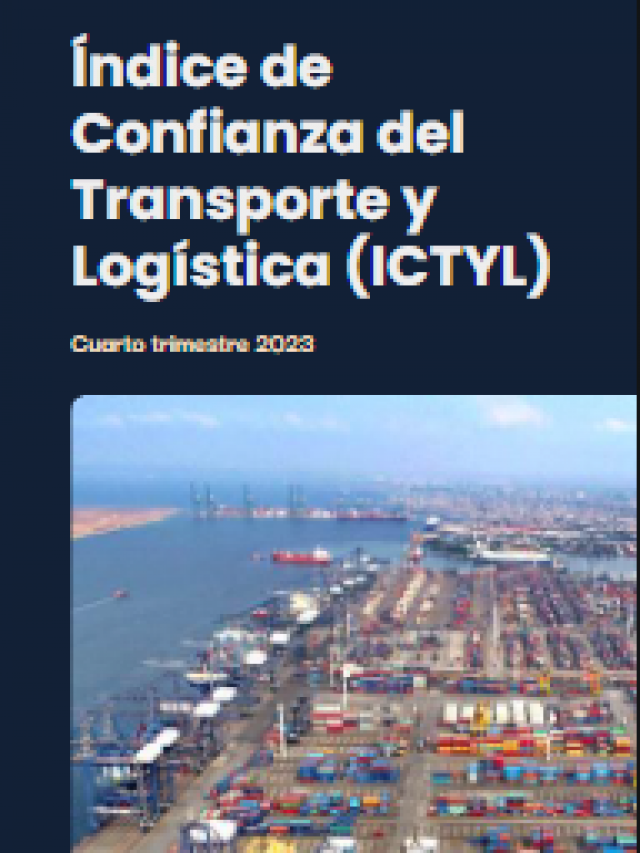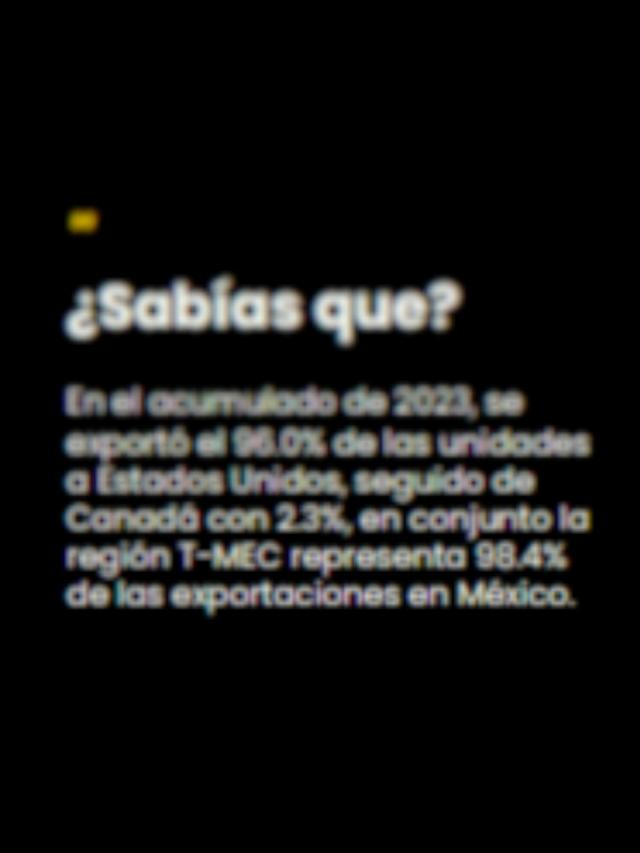
In a move that promises to be as controversial as it is decisive, U.S. President Donald Trump signed an executive order requiring all trucking operators to demonstrate proficiency in English to drive on U.S. roads.
The measure, announced by Transportation Secretary Sean P. Duffy and announced by Press Secretary Karoline Leavitt at a White House briefing on April 28, rescinds an Obama- era policy that relaxed these requirements.
Is this a step toward US security, as its proponents argue? Or simply another obstacle for an industry already facing serious challenges?
The issue of language skills on U.S. roads is not new. For years, language requirements for trucking drivers have been a topic of debate, especially as the shortage of operators became more apparent.
Based on the information published in this executive order, the Secretary of Transportation will, within 60 days, identify and begin implementing additional administrative, regulatory, or enforcement measures to improve the working conditions of American truck drivers.
In 2016, the Obama administration allowed a relaxation of English proficiency requirements, arguing that the industry needed a skilled workforce and, with a shortage of drivers, could not afford to overlook those who didn’t speak the language.
It is in this context that the Trump administration decided to strengthen the enforcement of language requirements. In swift action, the U.S. Department of Transportation began reviewing non-domiciled commercial driver’s licenses (CDLs) for irregularities and will also review the guidelines issued by the Obama administration in 2016, which relaxed the enforcement of English language requirements.
“Federal law is clear: a driver who cannot sufficiently read or speak English, our national language, and understand traffic signs is not qualified to operate a commercial motor vehicle in the United States. This common-sense standard should never have been abandoned,” Secretary Sean P. Duffy said in a press release .
According to information released in the United States, carrier and operator groups such as the Owner-Operator Independent Drivers Association (OOIDA) and the American Trucking Association (ATA) support the measure, arguing that English proficiency is essential for reading critical signs, understanding emergency instructions, and interacting with law enforcement.
According to information from the federal government in the neighboring country, 410 violations for lack of English proficiency were reported in states like Wyoming alone between October 2023 and September 2024; the measure responds to local concerns about road safety.
Measure that will reduce shortages in Mexico?
Globally , the International Road Transport Union (IRU) projections for 2028 on the shortage of freight transport drivers could reach historic levels, with more than seven million vacancies, of which 1,060,000 would be in Mexico , while in the United States it would be around 125,000 positions .
Among other factors of the shortage of operators in Mexico, which according to IRU in 2024 in Mexico reached levels of 99 thousand operators, the flight of national operators to qualify under the figure called B1 is identified , that is, operators with a US visa who can work in the United States, only on trips that begin in Mexican territory and have as their destination a point in the United States and vice versa.
“For some time now, there has been an effort to limit the operations of companies that operate with the so-called B1s , since in many cases the trips do not begin or end in Mexico, but rather in the United States itself,” commented a carrier involved in trade between the two countries.
Other sources consulted by T21 refer that the measure of limiting B1 operators by B1, could support the shortage of operators that exists in Mexico, since many of them will not be able to comply with the English requirements and this would allow the recovery of jobs that had been lost over time, and that according to IRU, went from having vacancies in 2023 for 56 thousand positions to 99 thousand in 2024.
Attempts to stop the B1
Throughout the border, it is common to see Mexican companies operating in the United States under the B1 category, a situation that increased in the post-COVID-19 pandemic, when there was a high demand for moving goods in the United States and the capacity of local companies was insufficient.
This situation led many Mexican companies to increase their operations in the United States, but precisely because of the drop in cargo levels in the neighboring country, there were various efforts to reduce the operations of B1 operators in that territory.
In recent months, news broke of a state initiative in Arkansas to prohibit the transit of transport units driven by operators holding B1 licenses . “The measure was aimed at limiting the transit of these individuals not only in that state, but nationwide,” commented a binational transportation company executive.
The I-30 highway, which connects the Laredo border and is the most important route for trade between Mexico and the United States, crosses through Arkansas and extends up to the Midwest to transport goods to major consumer centers in the United States. Had the initiative been successful, it would have rendered the B1s inoperable.
“There are many signs that B1s are beginning to be restricted, not only because they are not respecting the right to start or end their journey in Mexican territory, but in some cases, there are records of them carrying out domestic activities beyond what is permitted by the program that covers this concept,” reiterated the executive consulted.
In this context, the measure announced by the executive order appears to have objectives other than the road safety it refers to. However, for Mexico, it could translate into a reduction in vacancies, which are estimated to already reach 15% of the total available positions.
With information from Didier Ramírez.
Comment and follow us on X: @karinaquintero / @DidierRT / @GrupoT21
















